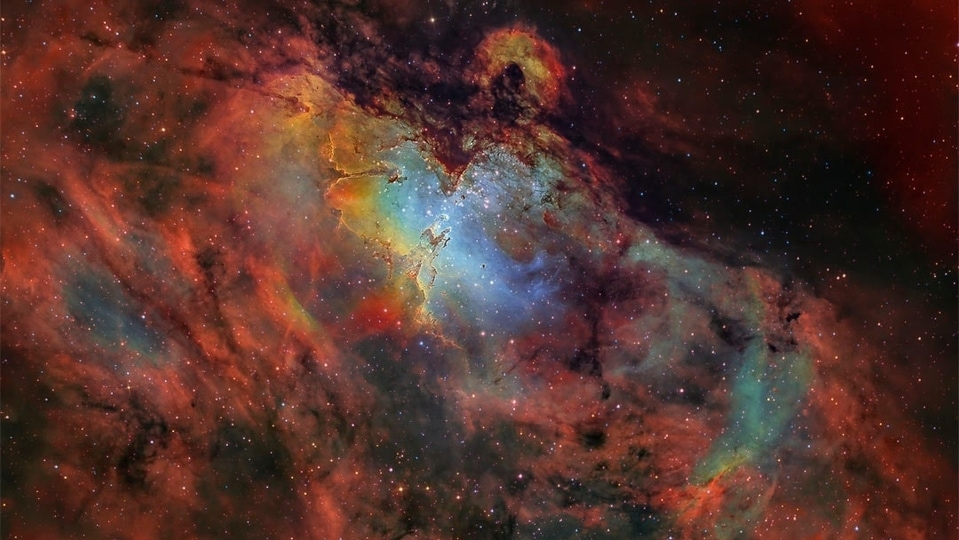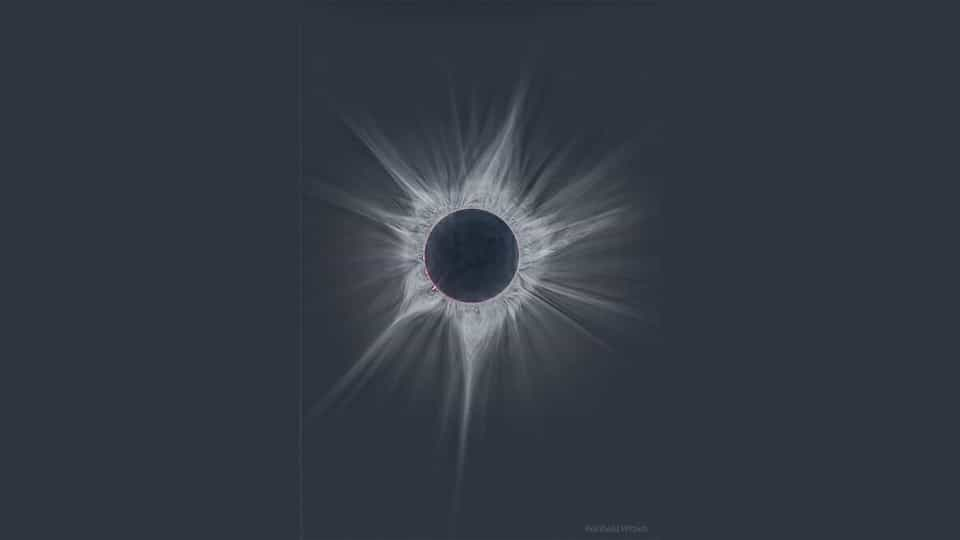NASA Astronomy Picture of the Day 22 May 2023: Supernova snapped by astrophotographer
Today’s NASA Astronomy Picture of the Day is a snapshot of the supernova SN 2023ixf located near the M101 spiral galaxy.






 View all Images
View all ImagesThe universe contains an astonishing number of stars, estimated to be around 200 billion trillion. There are at least 100 billion stars within our own Milky Way Galaxy, while the entire universe harbours over 100 billion galaxies. When a star explodes, the subsequent explosion which takes place, known as a Supernova, is the largest explosion to occur in space. According to NASA, a supernova happens when there is a change in the core, or center, of a star. A change can occur in two different ways, with both resulting in a supernova. Just days ago, a supernova was discovered located near a spiral galaxy.
Today's NASA Astronomy Picture of the Day is a snapshot of the supernova SN 2023ixf located near the M101 spiral galaxy. This supernova was discovered by Japanese astronomer Koichi Itagaki and was located on the automated images captured by the Zwicky Transient Facility, a wide-field sky astronomical survey in California.
About this supernova
According to NASA, SN 2023ixf is a Type-II supernova, one that occurs when a star runs out of nuclear fuel and it collapses. Although a supernova occurs for only a short span of time, it can tell scientists a lot about the universe. By studying supernovas, scientists have also shed light on the fact that we're living in an ever-expanding universe.
The picture was captured by astrophotographer Craig Stocks.
NASA's description of the picture
After this nearby star exploded, humanity's telescopes quickly turned to monitor it. The supernova, dubbed SN 2023ixf, was discovered by Japanese astronomer Koichi Itagaki three days ago and subsequently located on automated images from the Zwicky Transient Facility two days earlier. SN 2023ixf occurred in the photogenic Pinwheel Galaxy M101, which, being only about 21 million light years away, makes it the closest supernova seen in the past five years, the second closest in the past 10 years, and the second supernova found in M101 in the past 15 years.
Rapid follow up observations already indicate that SN 2023ixf is a Type II supernova, an explosion that occurs after a massive star runs out of nuclear fuel and collapses. The featured image shows home spiral galaxy two days ago with the supernova highlighted, while the roll-over image shows the same galaxy a month before. SN 2023ixf will likely brighten and remain visible to telescopes for months. Studying such a close and young Type II supernova may yield new clues about massive stars and how they explode.
Catch all the Latest Tech News, Mobile News, Laptop News, Gaming news, Wearables News , How To News, also keep up with us on Whatsapp channel,Twitter, Facebook, Google News, and Instagram. For our latest videos, subscribe to our YouTube channel.
































